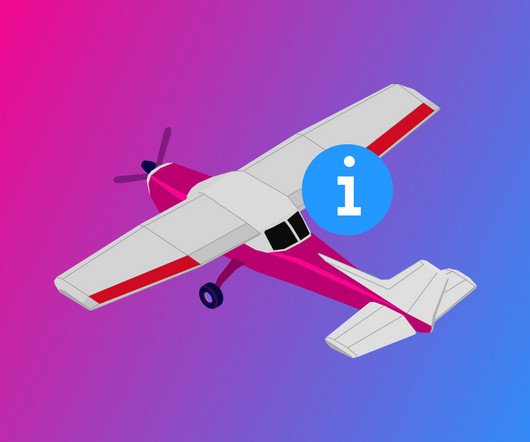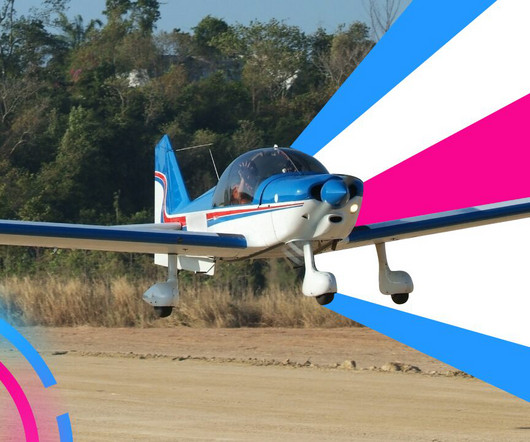The Hazards of Aircraft Icing: Explained
Pilot Institute
NOVEMBER 1, 2024
And ice doesn’t just make things slippery, it messes with the airflow over the wings, cuts down on lift, and ramps up drag. This leads to a serious loss of lift and an increase in drag. This roughness adds to friction drag, which can reduce lift and increase drag by as much as 50% on a wing’s leading edge and upper surface.














Let's personalize your content